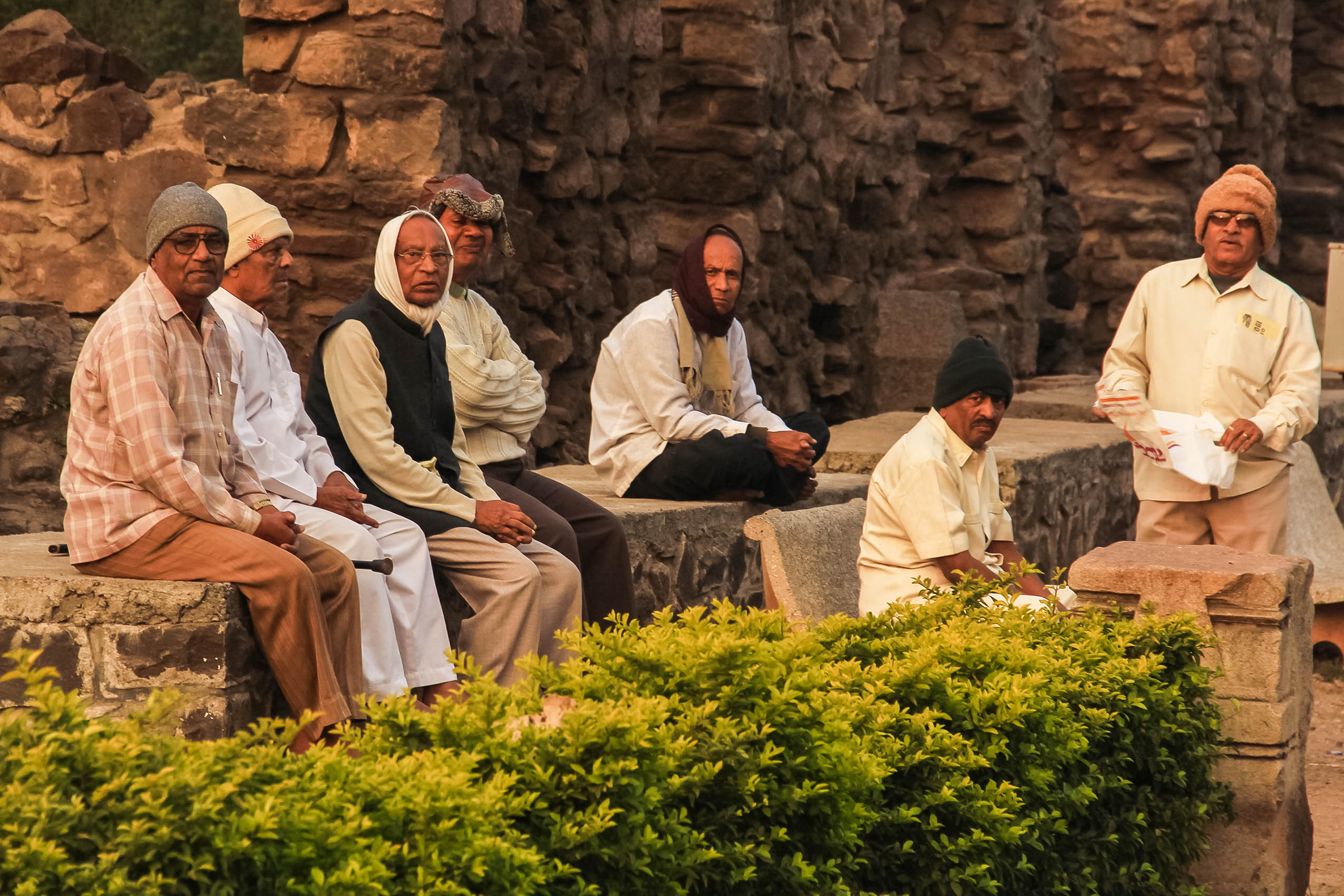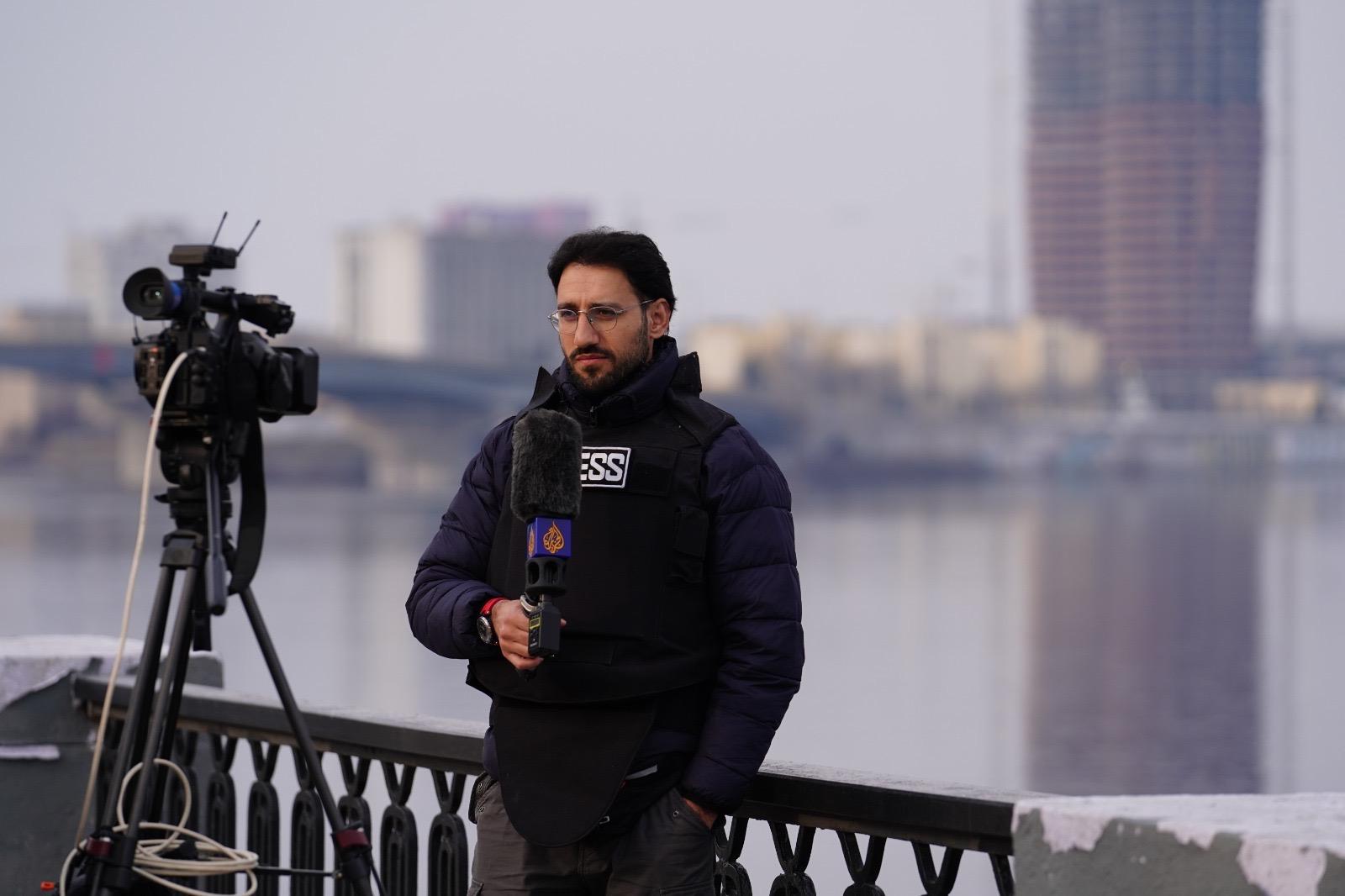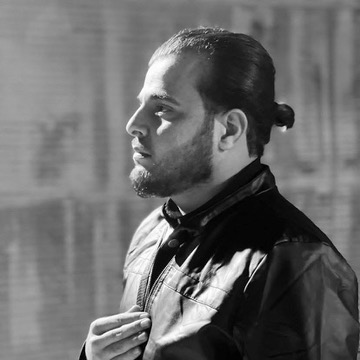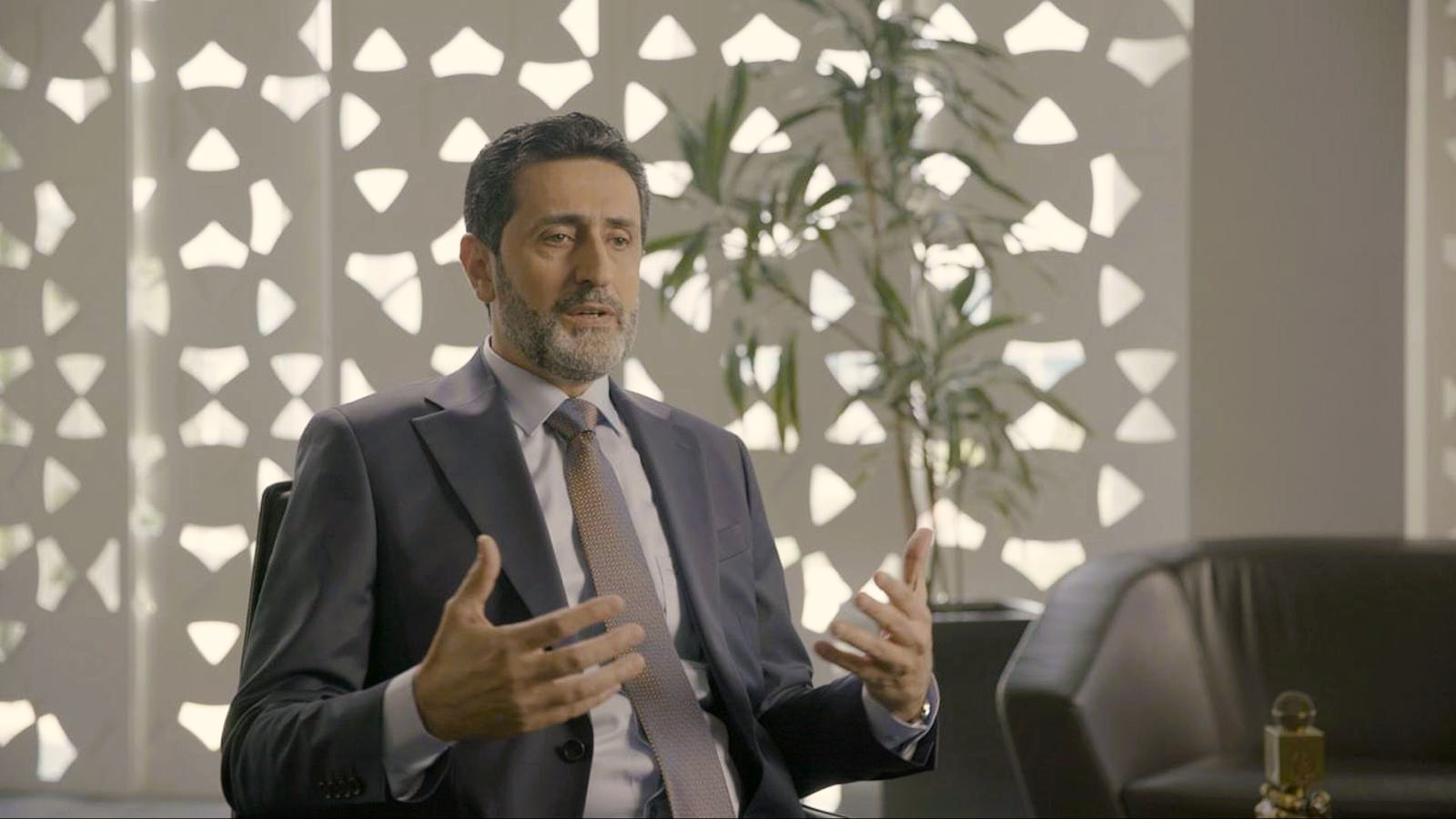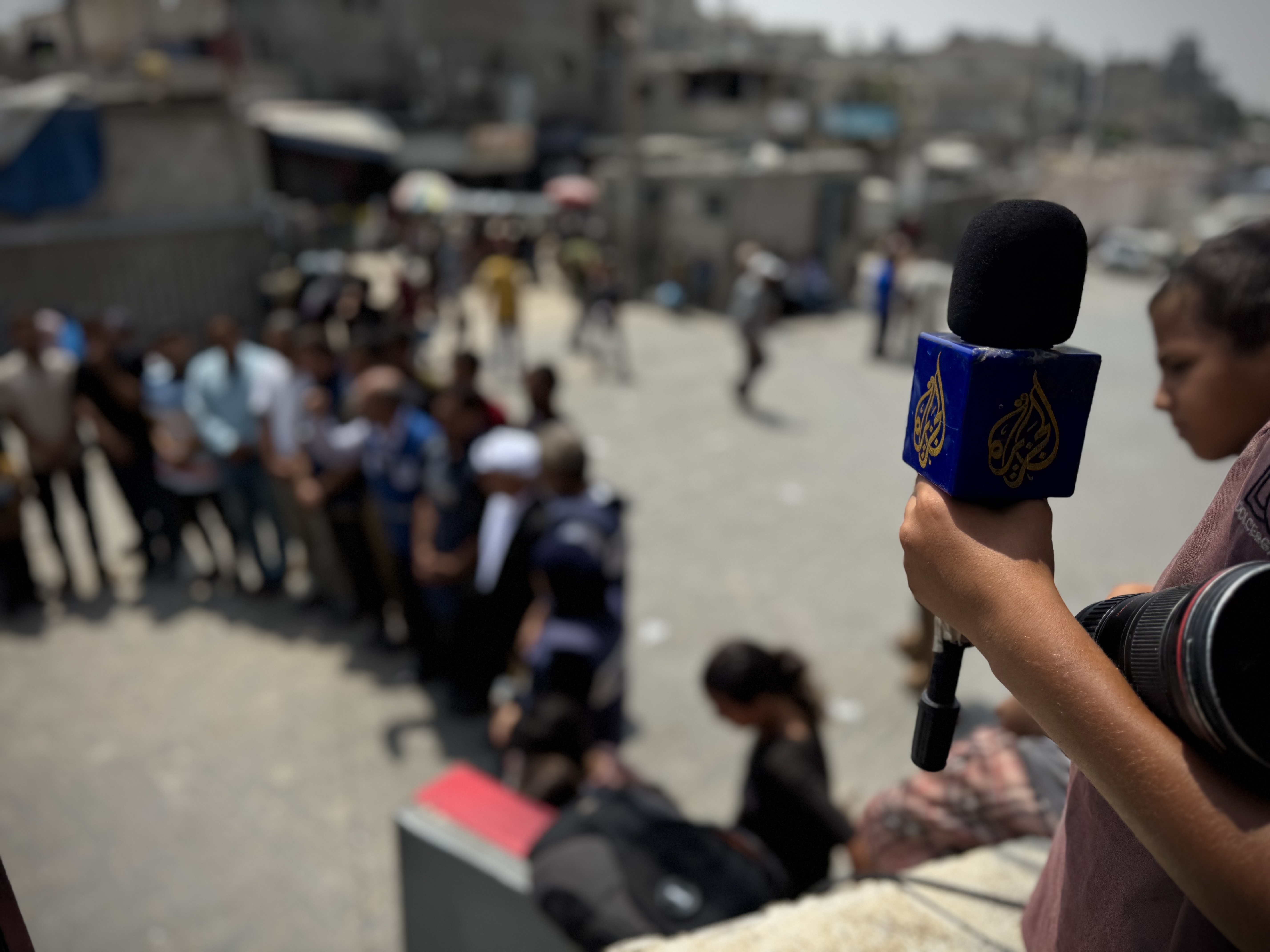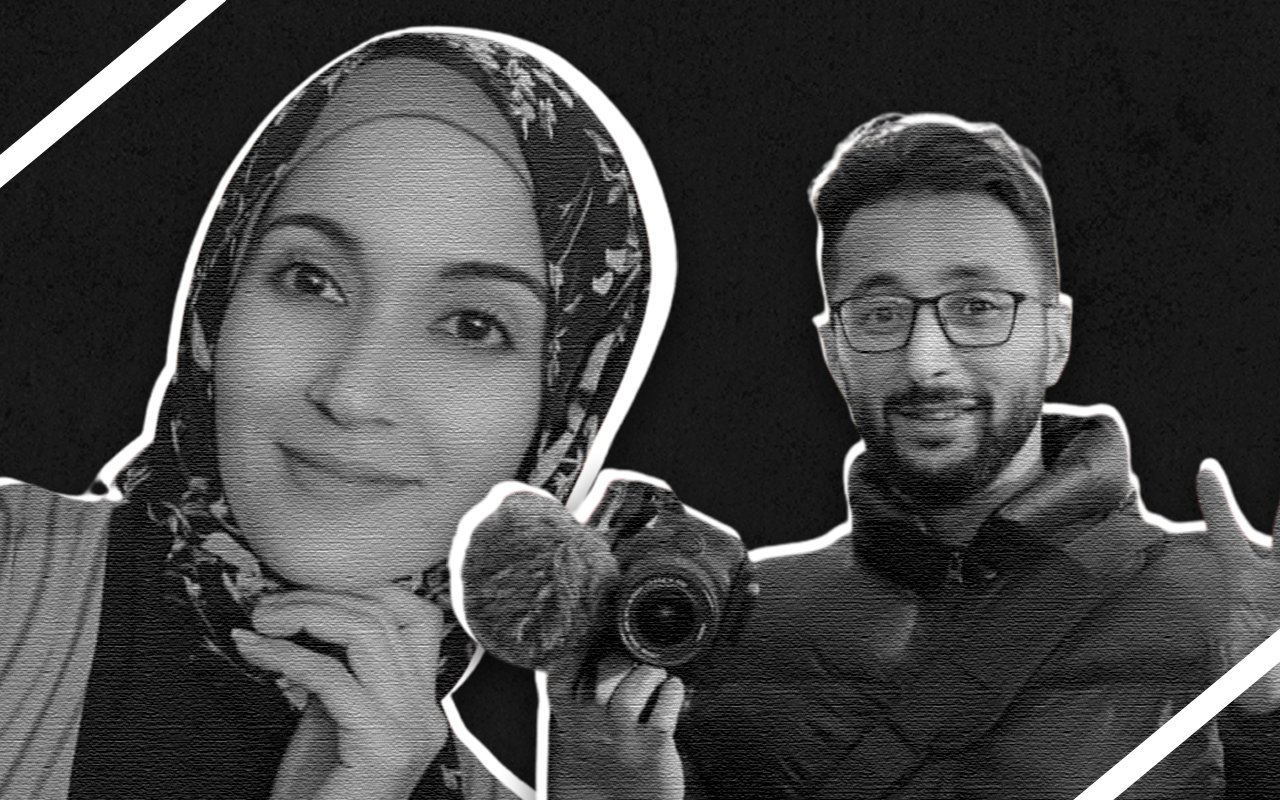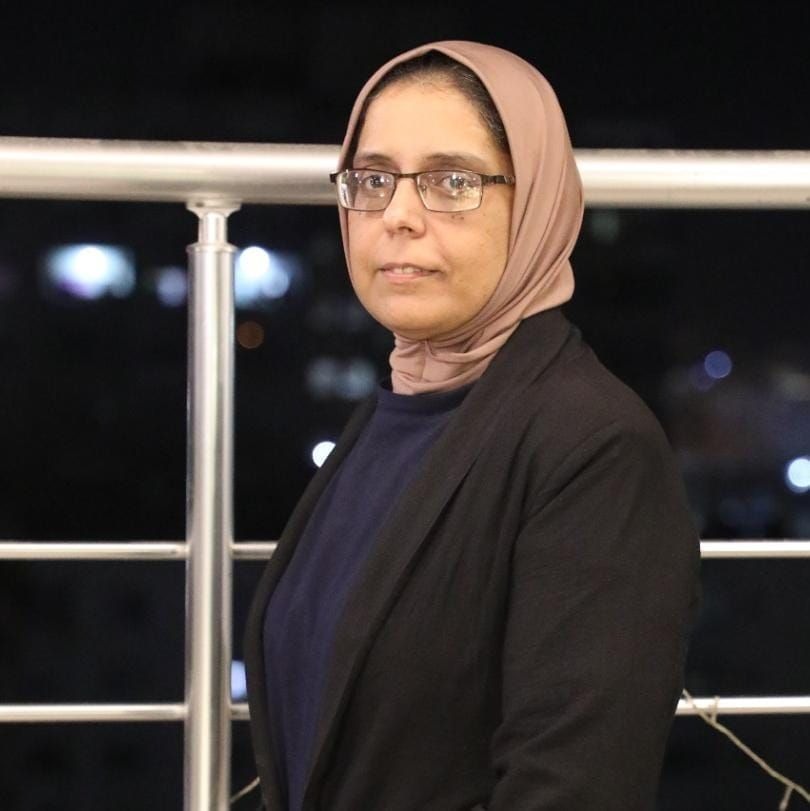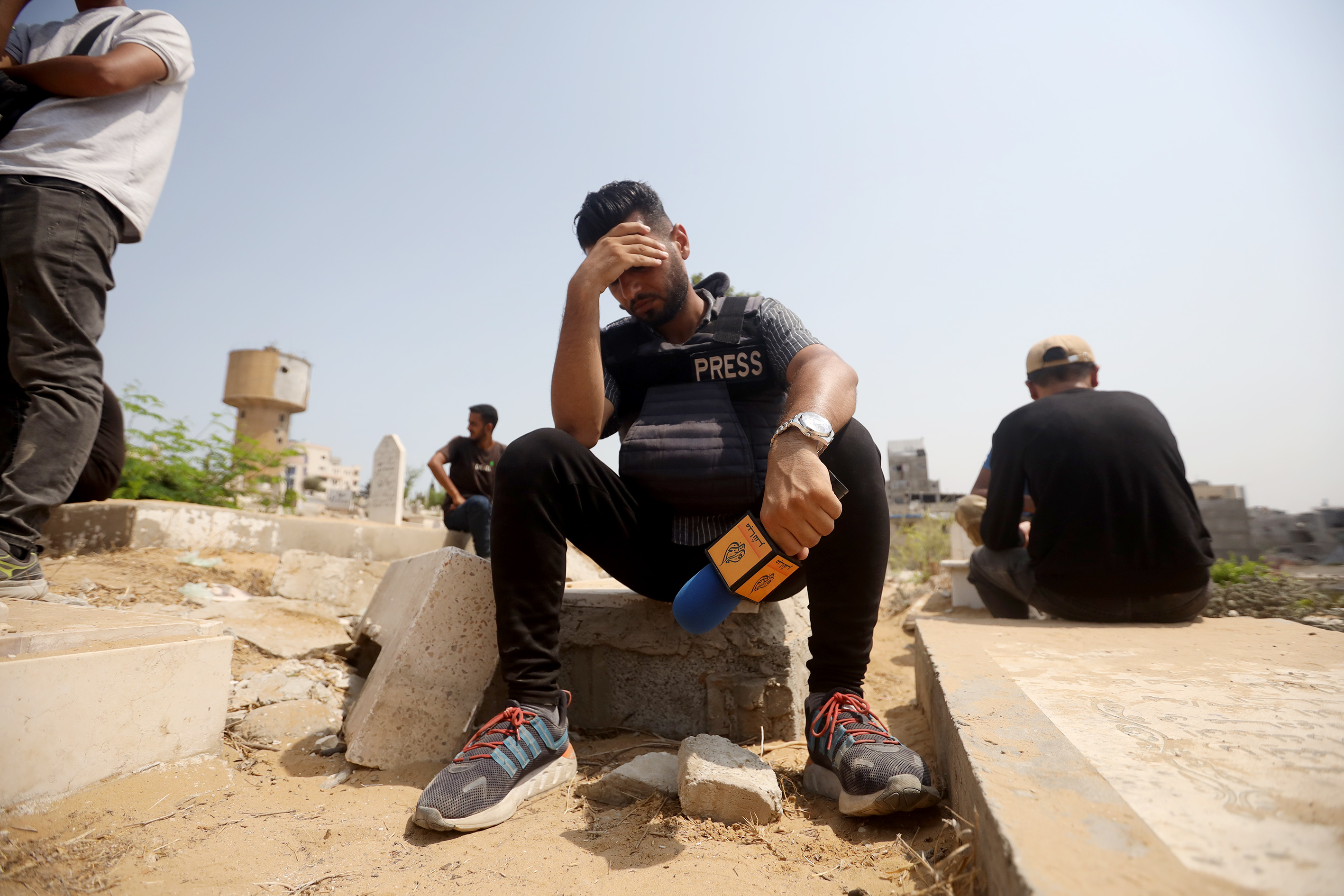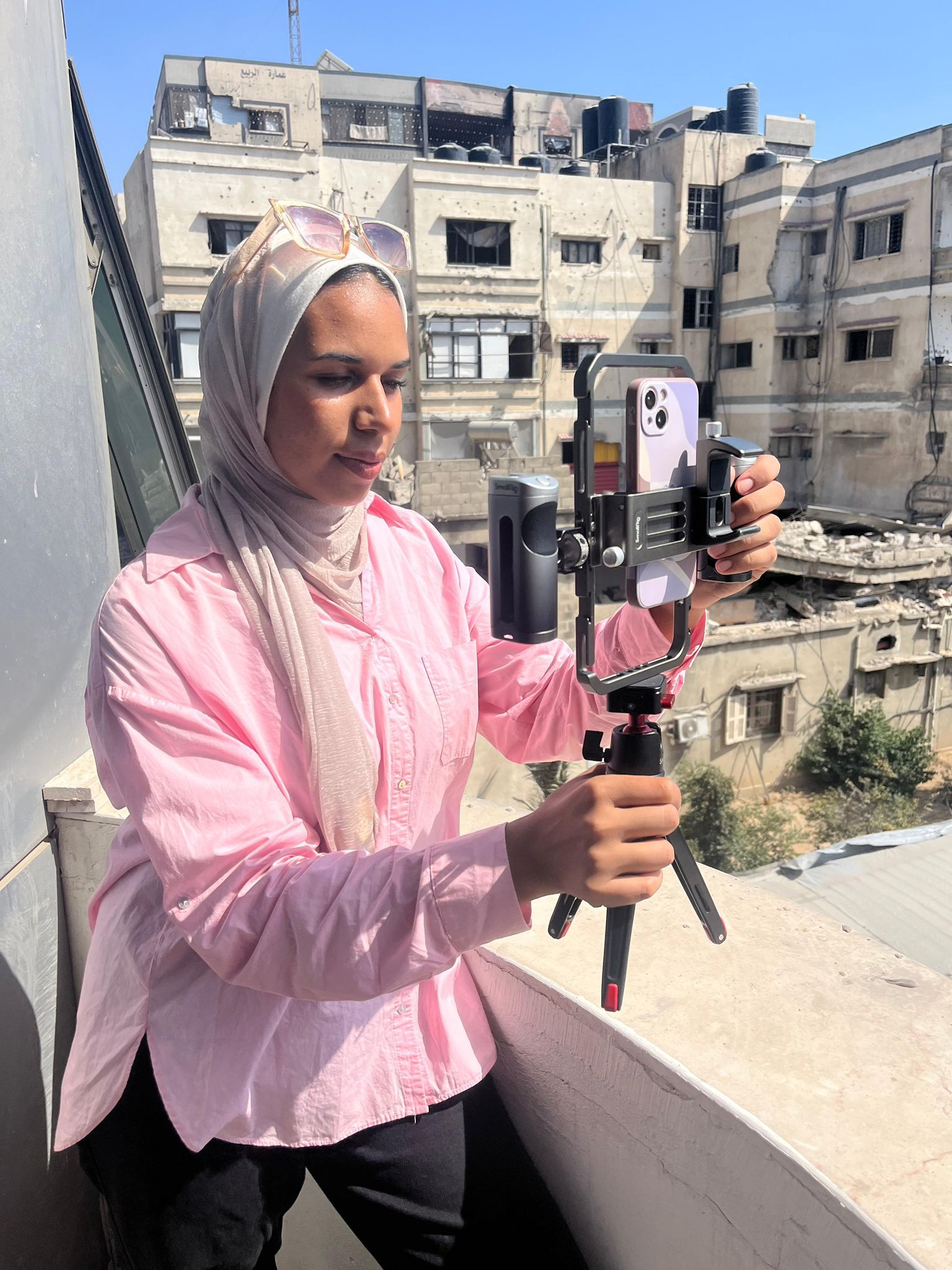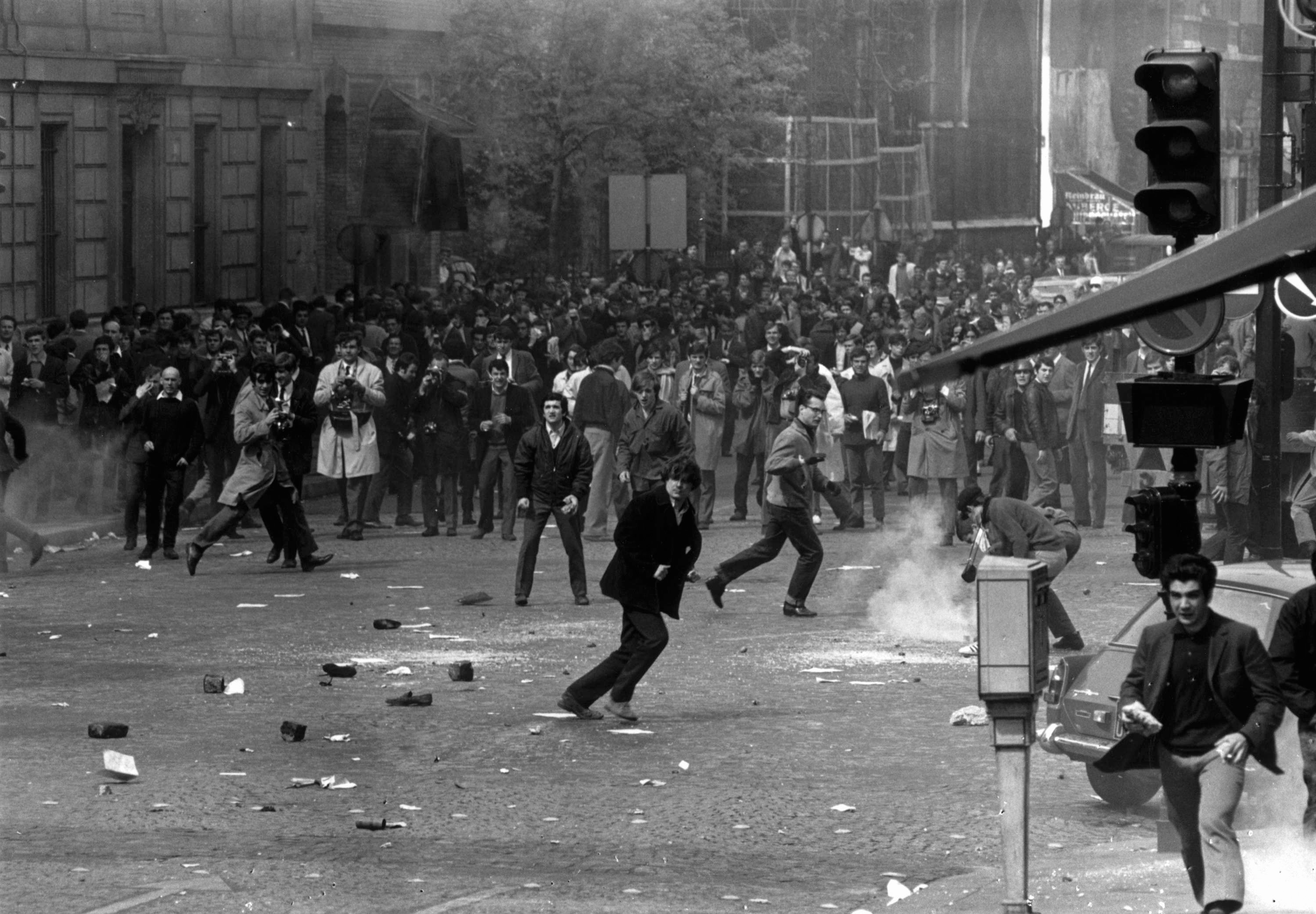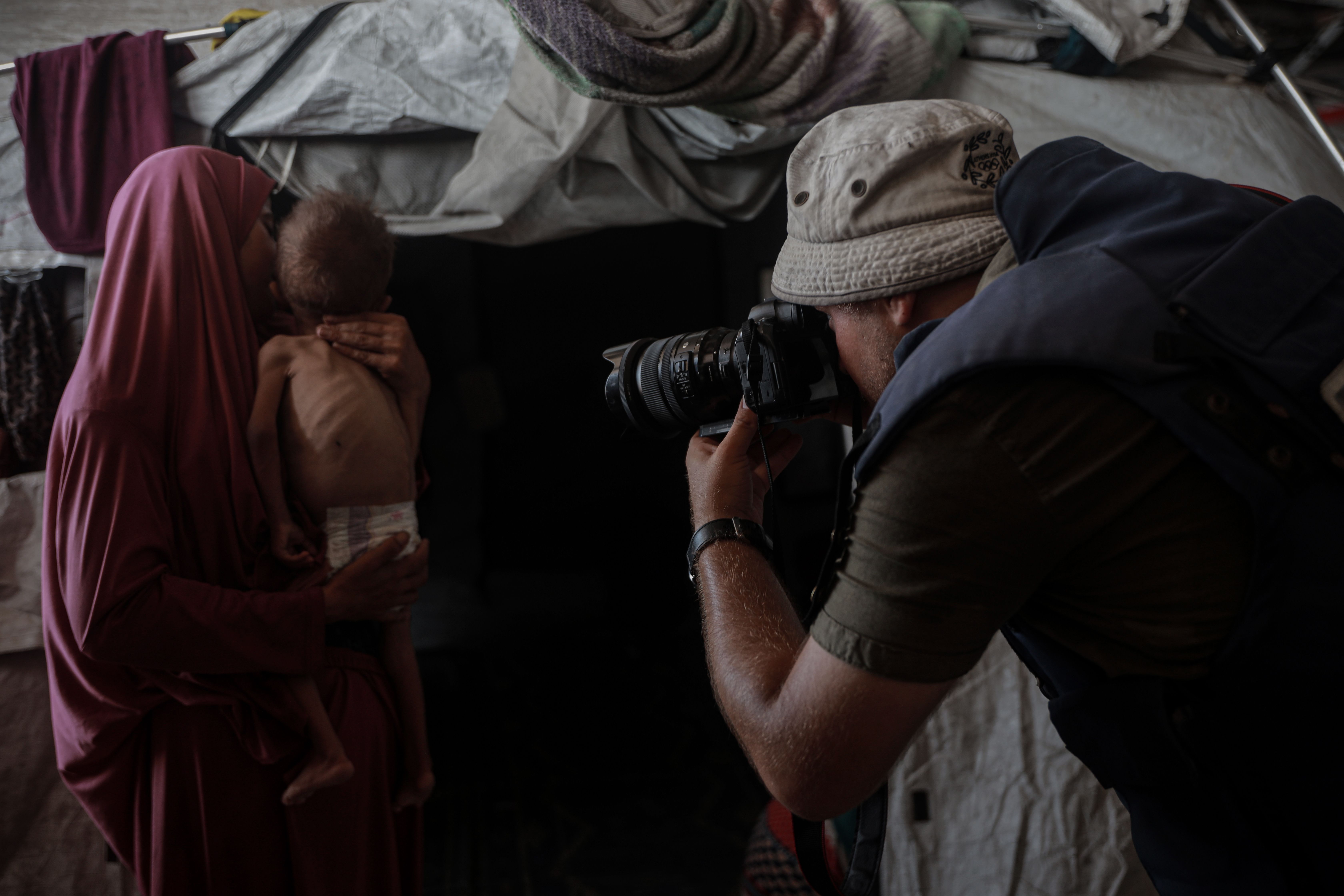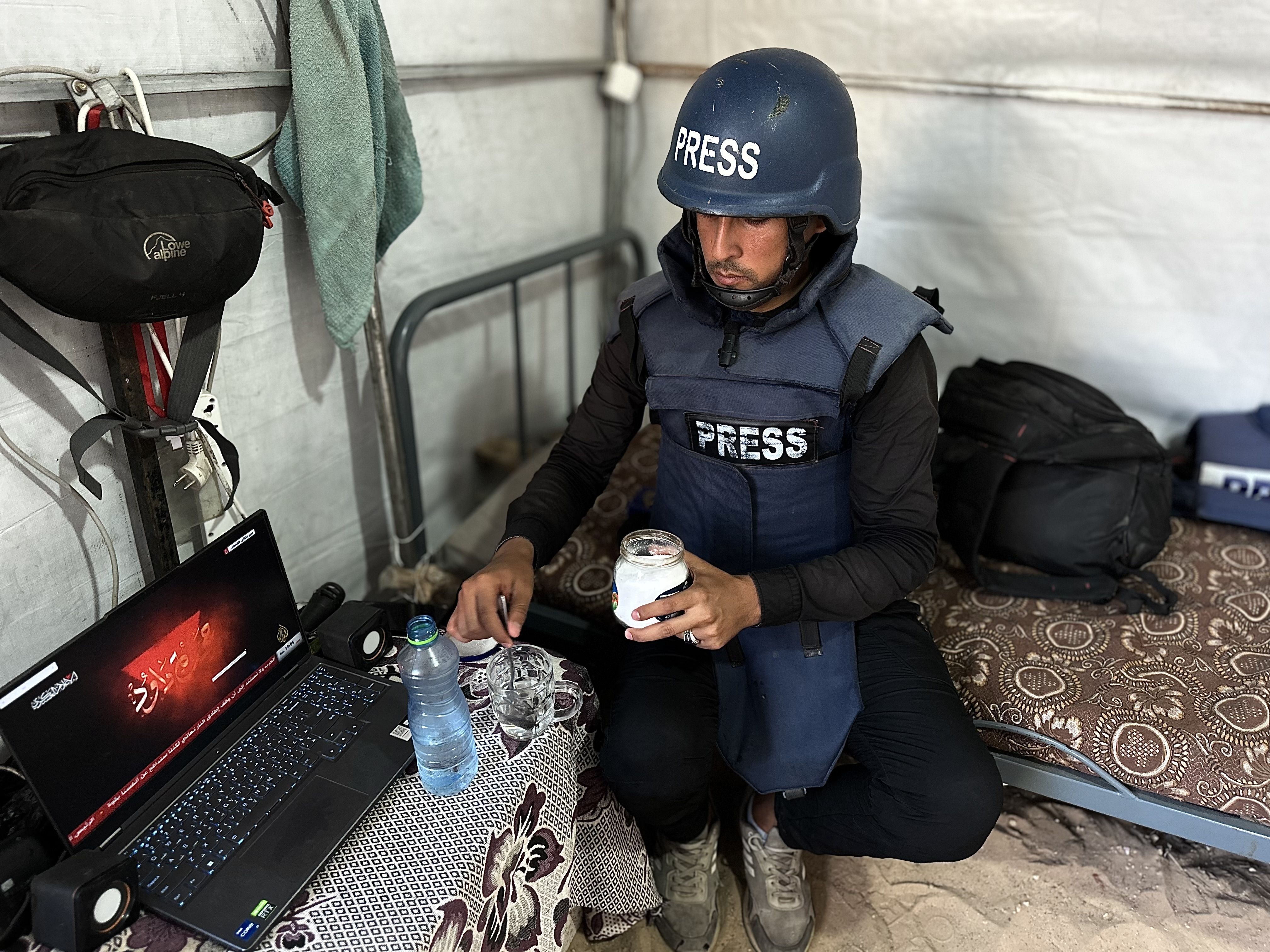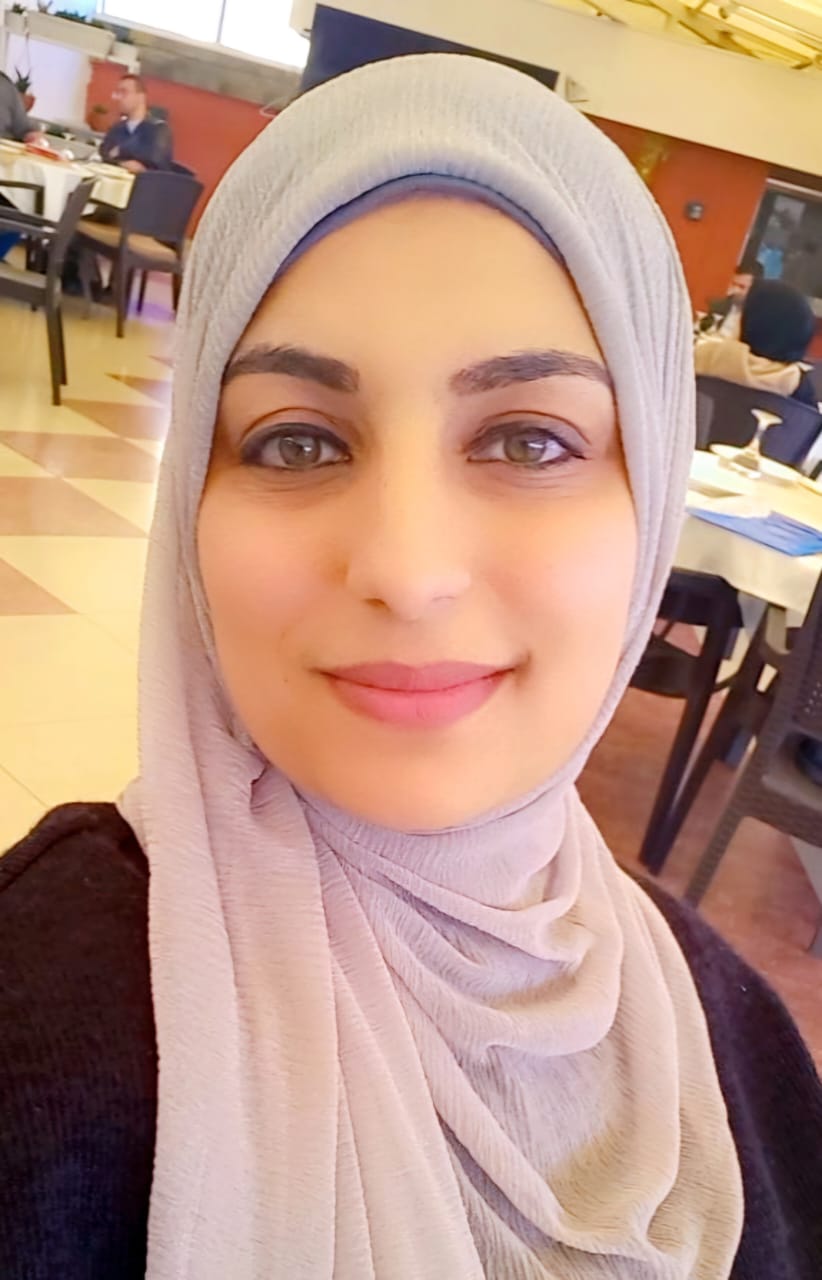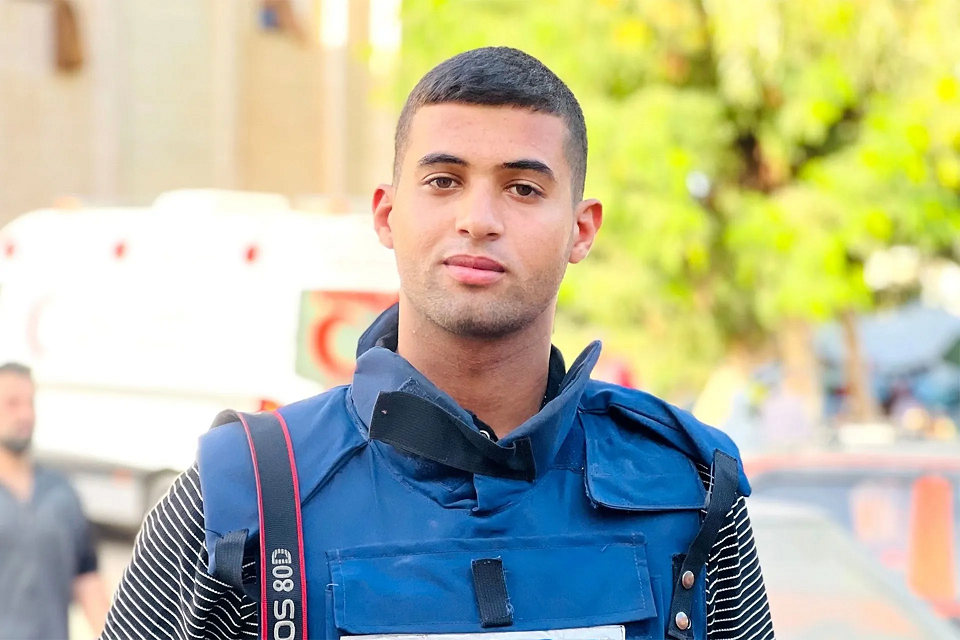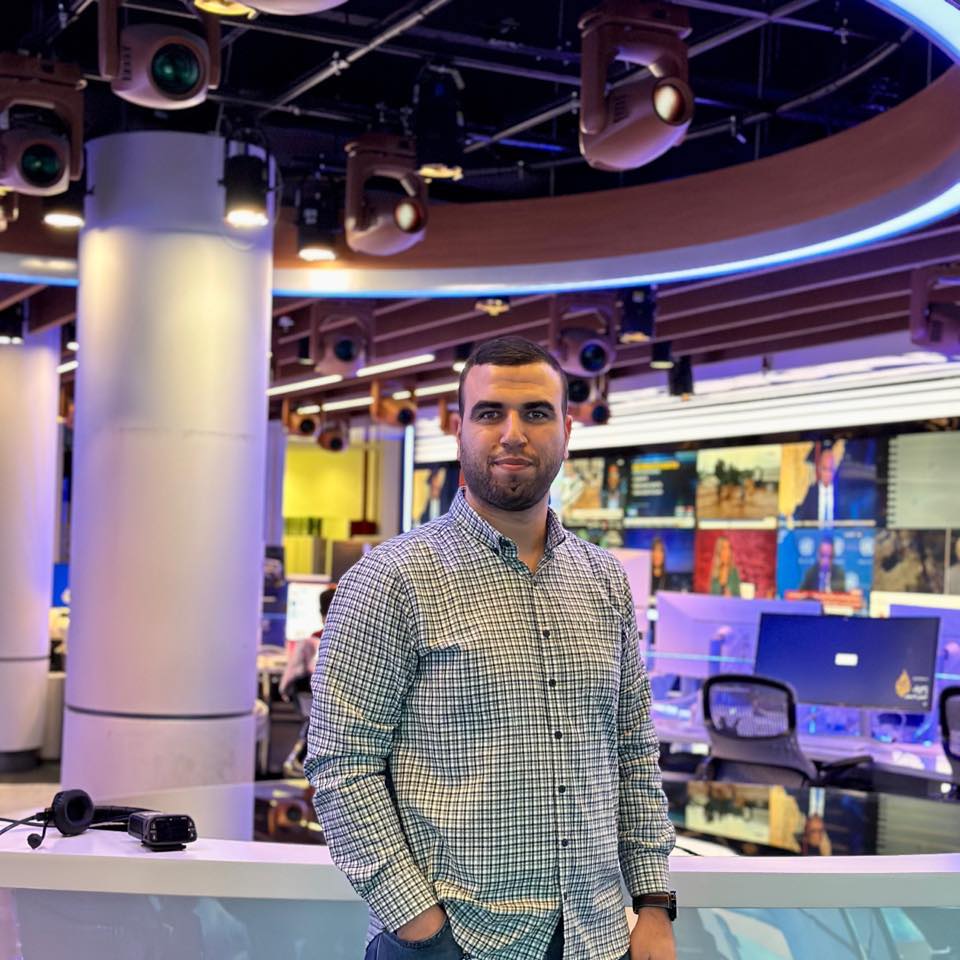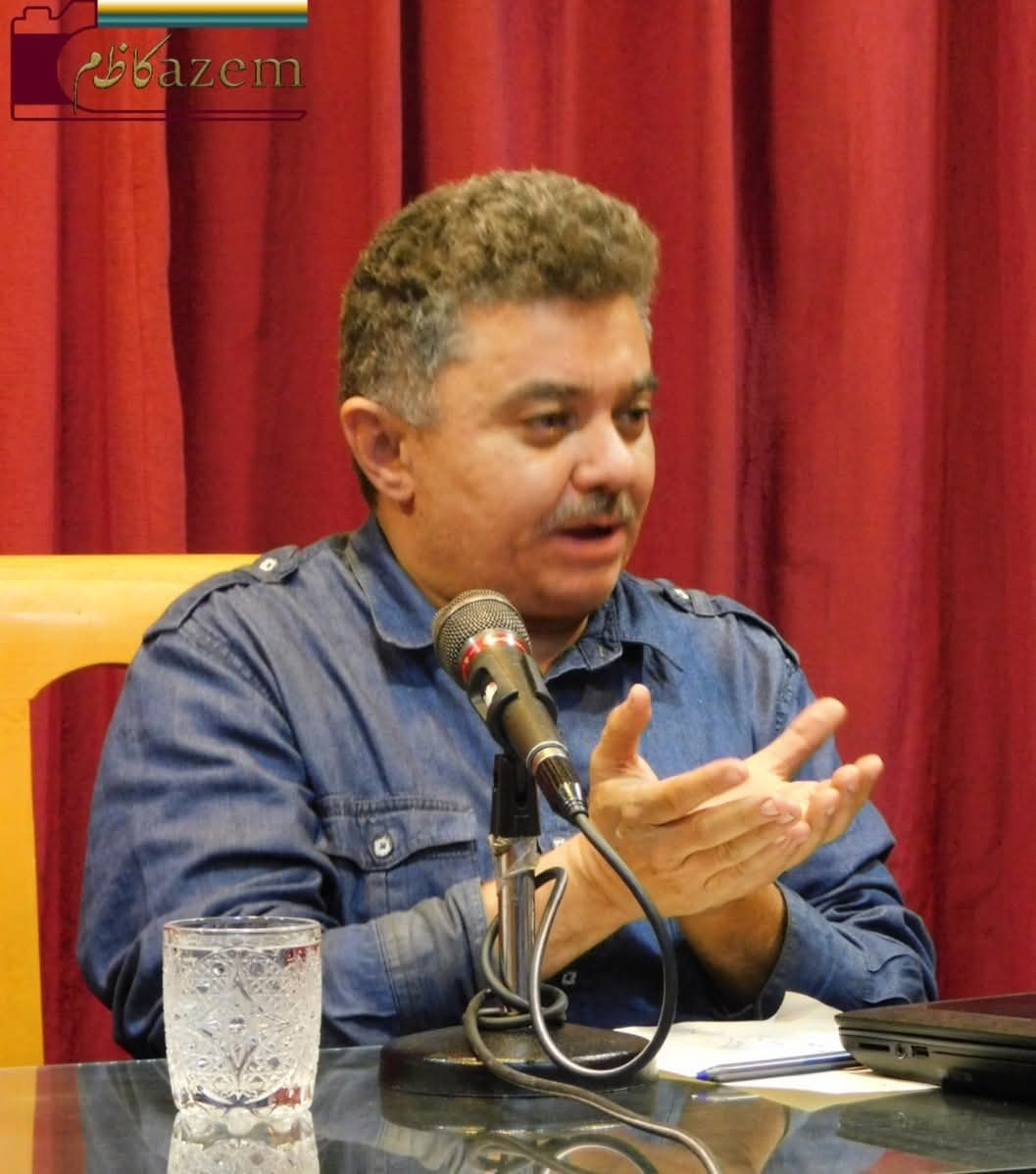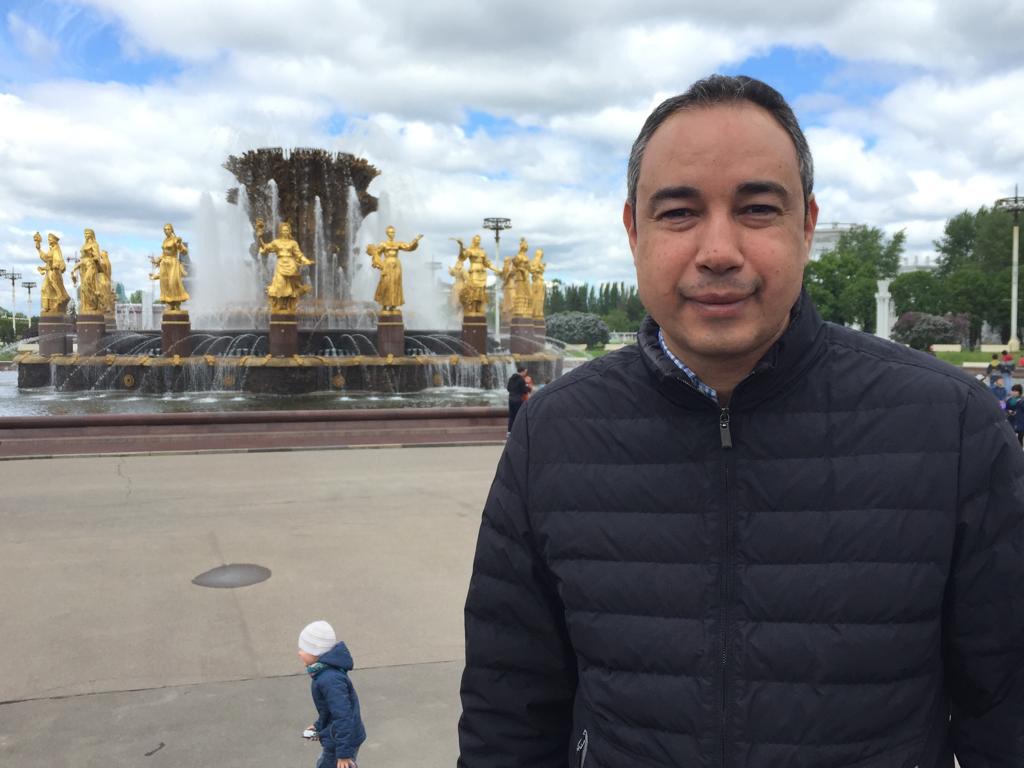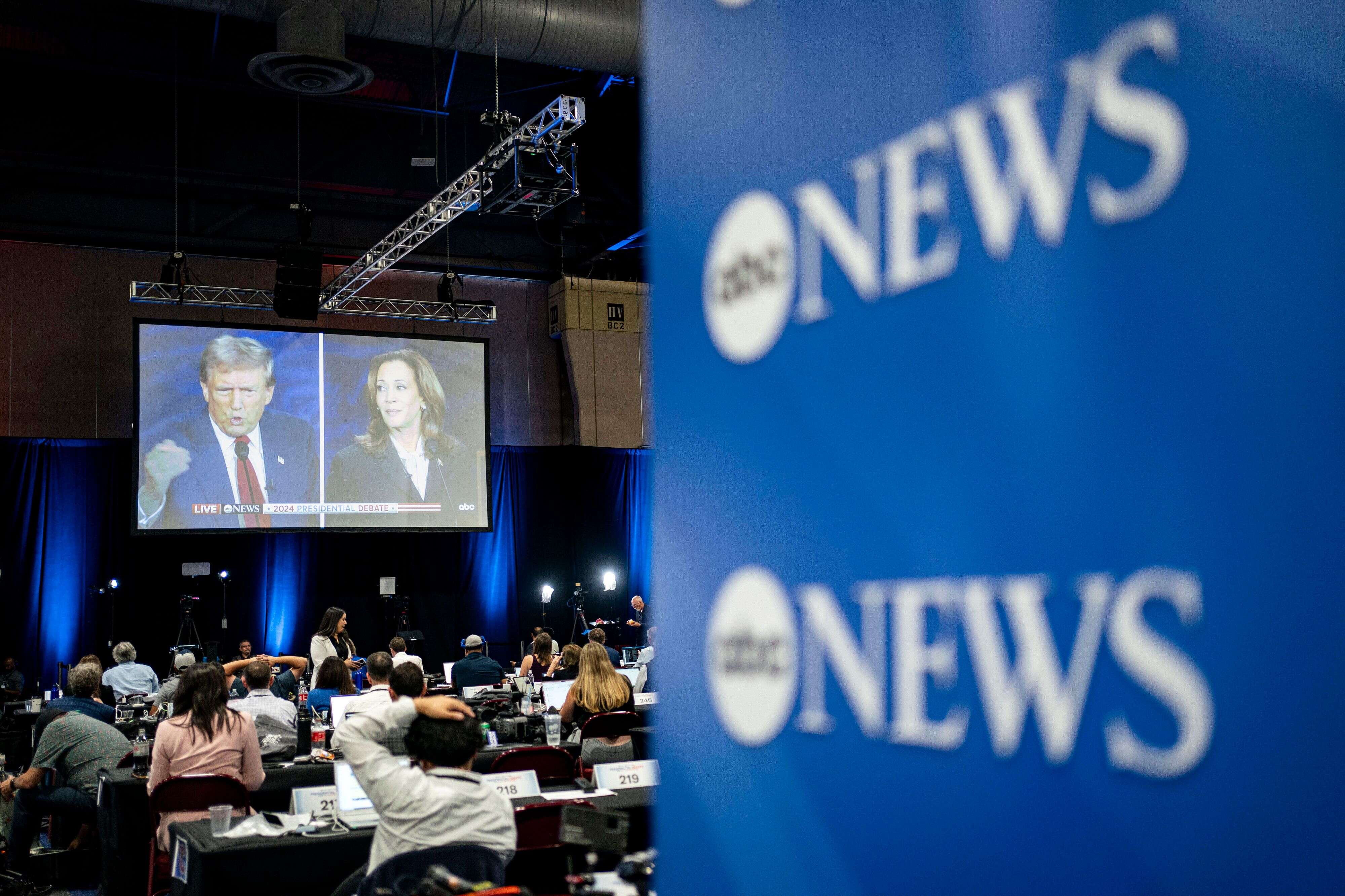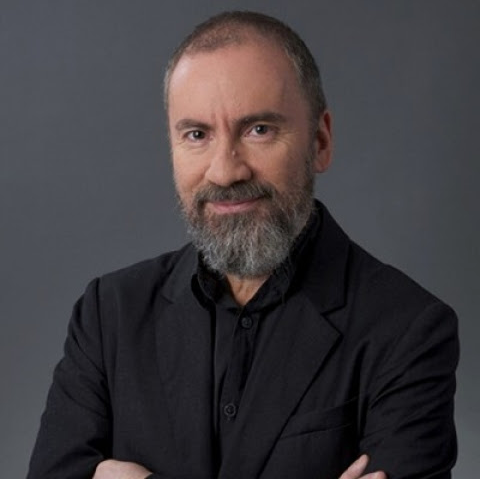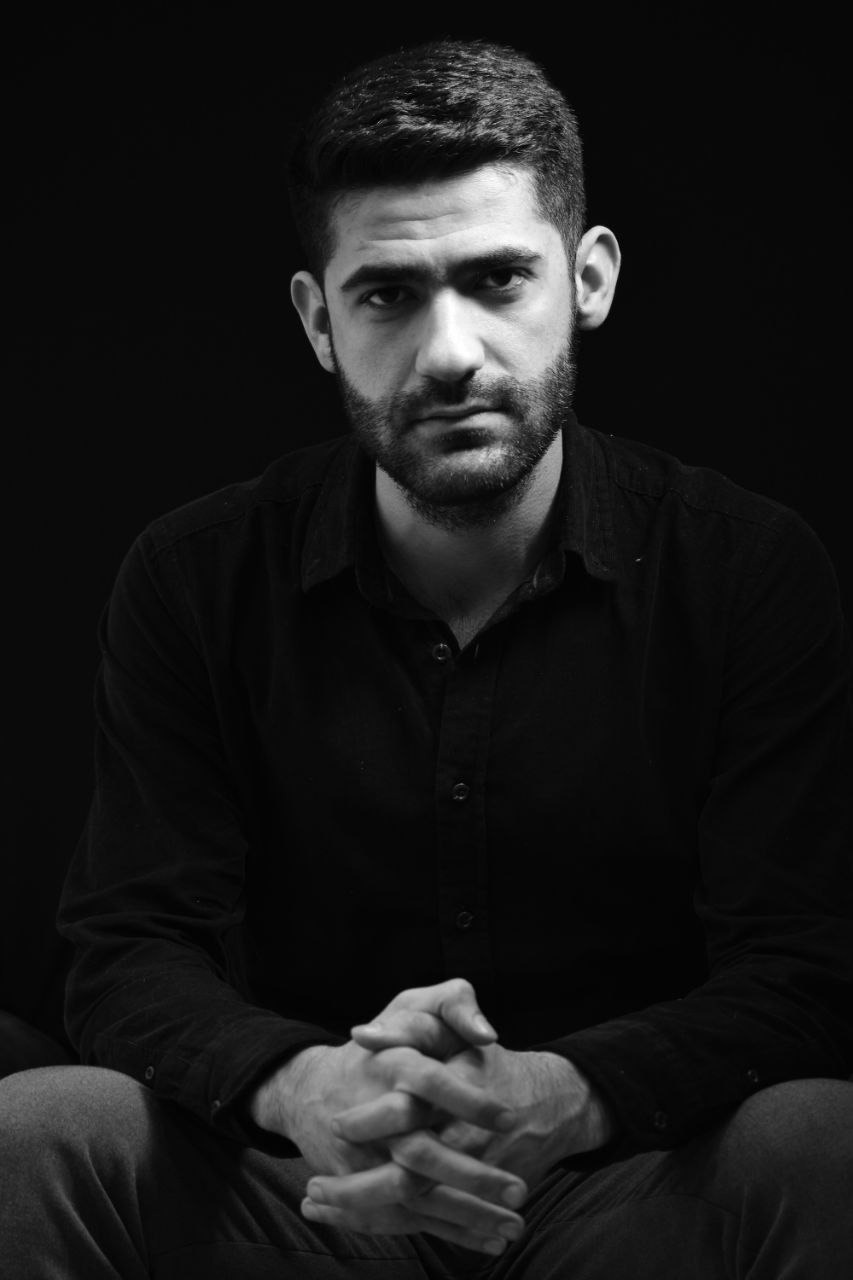In India’s conflict-ridden regions like Bastar and Manipur, local journalists—especially freelancers and women—risk their lives daily to report on corruption, displacement, and state violence, often without institutional support or protection. Their work, largely invisible to national media, exposes a stark reality where telling the truth can cost them everything, even their lives.
Mukesh Chandrakar, known locally as “Mukesh Bhaya,” was one of the few journalists from Bijapur district in Chhattisgarh, India, who had gained notable recognition in recent years for his work.
Whether braving the scorching summer heat or navigating the harsh monsoon rains, he was often seen with his bag slung over his shoulder, working late into the night to uncover critical stories.
Bijapur lies in the Bastar region of Chhattisgarh, a remote area blanketed by dense forests and rich in mineral resources. It remains a hotspot in the decades-long Maoist insurgency, making it one of the most heavily militarized zones in India.
The ongoing conflict between security forces and Maoist rebels has turned journalism in the region into a perilous endeavor, with local reporters frequently caught in the crossfire.
Al Jazeera Journalism Review spoke to journalists and editors from the region who have been covering the far-reaching impact of the Maoist conflict on the Adivasi (indigenous tribal) communities—highlighting issues such as displacement, alleged fake encounters, torture, crime, and corruption.
Left Home, Never to Return
On New Year’s Eve, Mukesh Chandrakar left home and never came back. When his colleagues were unable to reach him, they reported his disappearance to the police.
Pushpa Rokde, a local journalist and close colleague of Mukesh, recalled that a group of 12 to 13 journalists joined the police in searching for him. They eventually traced his last known location using Google.
The signal led them to a septic tank on the property of a contractor whom Chandrakar had recently exposed in a corruption report. On January 3, his body was discovered under what authorities described as “suspicious circumstances.”
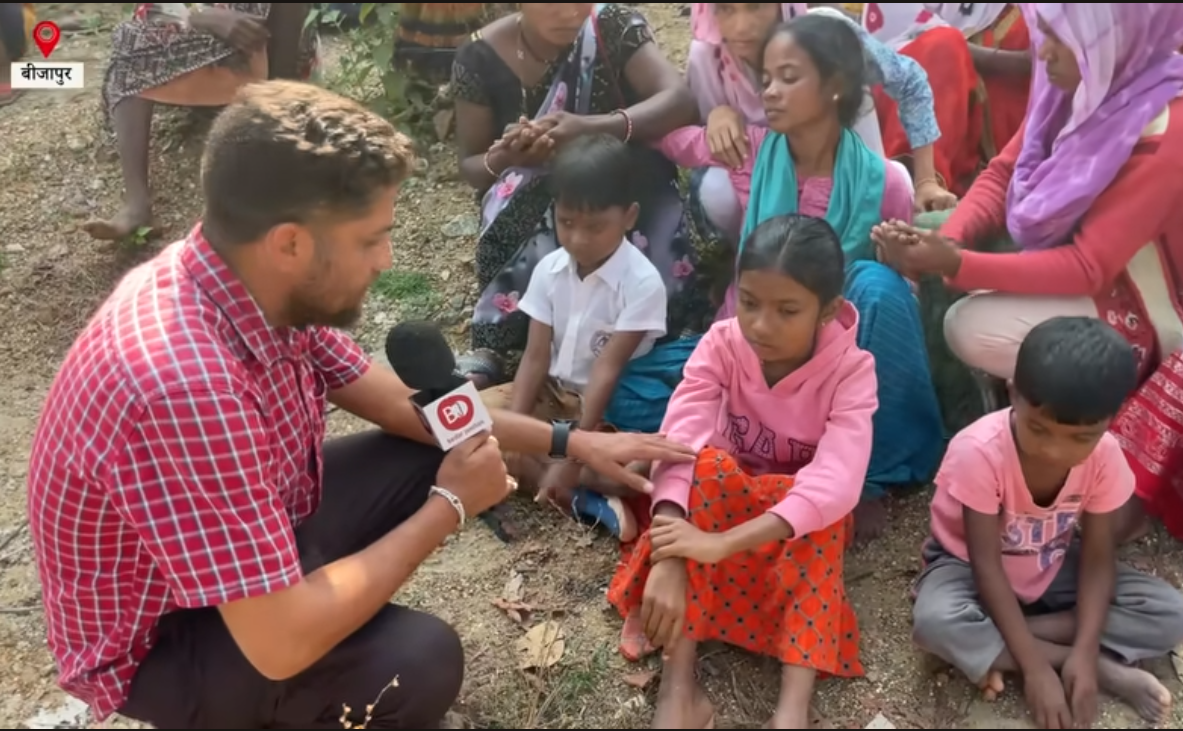
“It was the first time I’d witnessed such a heart-wrenching scene of someone's killing,” said Rokde, a senior journalist with the Hindi daily Prakar Samachar, who was also a colleague of Chandrakar. “I believe it was nothing short of a miracle that we found his body after repeatedly urging the authorities to conduct more thorough searches. This incident was a harsh reminder of how dangerous it is to be a journalist here.”
Rokde has been reporting from Bijapur for over a decade.
Ashutosh Bhardwaj, an author and editor with The Wire Hindi—an independent news platform in India—described Mukesh as kind, cooperative, and unwavering in his commitment to journalism.
“His stories meant everything to him. He would take enormous risks, traveling deep into remote areas to report,” Bhardwaj told Al Jazeera Journalism Review.
He also shed light on the challenging conditions journalists face in Bastar. Most local reporters work as freelancers without any institutional support, often coming from economically and socially marginalized backgrounds.
“Unlike their urban counterparts, who have the backing of major media organizations, these journalists operate with no protection. Reporting from a conflict zone like Bastar is extremely risky,” Bhardwaj explained. “They exist on the fringes of national attention, and that’s why their struggles remain invisible. People in Delhi or other major cities have little understanding of what it truly means to report from Bastar.”
Chandrakar had built a significant presence on YouTube, where his channel Bastar Junction had amassed over 205,000 subscribers. The platform was not only a source of income but also a space where he could highlight underreported stories, particularly those concerning the Adivasi (indigenous tribal) communities.
“For many of these journalists, YouTube offers much-needed financial relief,” Bhardwaj added. “There’s a strong demand for news from Bastar, and since mainstream media largely ignores the region, YouTube has filled that gap. It has also given these journalists a platform—not just locally, but on a broader scale.”
Doing Journalism from Rural and Conflict Areas
Bastar has become a focal point for the Indian government’s development efforts, marked by large-scale investments in infrastructure projects like roads and resource extraction. But journalists say this also means big money is at stake—making investigative reporting on corruption or state violence against Adivasis especially risky.
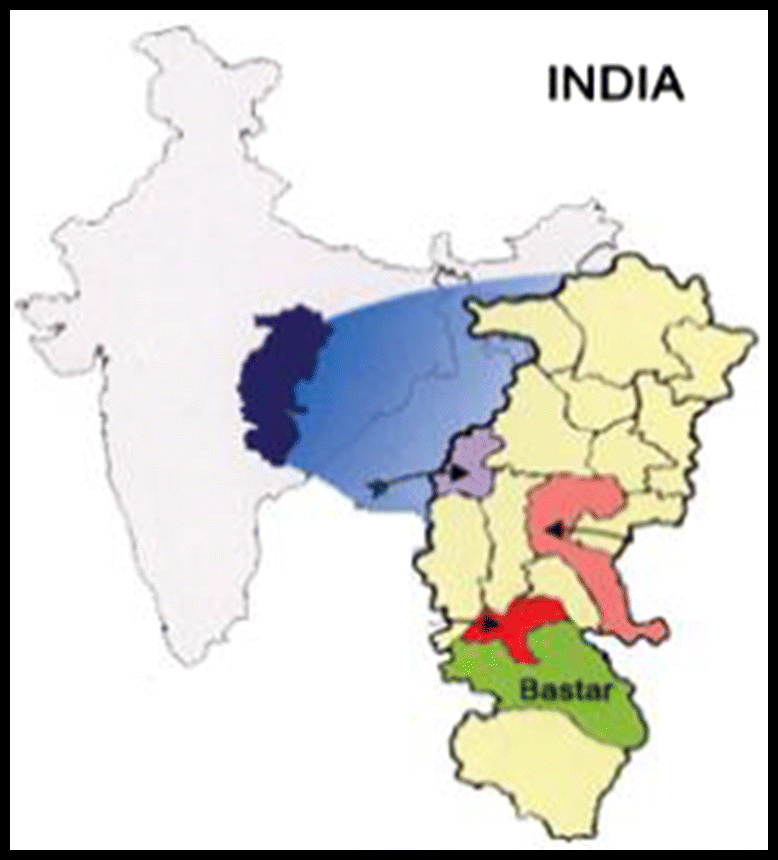
“Reporting the truth disappoints those who don’t want it to come out. Most of the time, we don’t get quotes from the police or administration. We have to be extra cautious so we don’t become targets from either side,” Pushpa Rokde told Al Jazeera Journalism Review.
India ranks 159th out of 180 countries in the 2024 Press Freedom Index, published by Reporters Without Borders.
Back in 2016, the Editor’s Guild of India released a report highlighting the challenges faced by journalists in the Bastar region. “Every journalist working in Bastar feels unsafe. On one hand, they face Maoists, who are becoming increasingly sensitive to media reports, and on the other, the police expect the media to report only what they want,” the Guild noted.
“A clear pattern has emerged—journalists who report on local corruption, governance failures, or environmental violations face the highest risks. This includes those covering the misuse of NREGA (Mahatma Gandhi National Rural Employment Guarantee Act) funds and illegal mining,” said Kunal Majumdar, a press freedom advocate who led CPJ’s India operations for six years and is now a Knight Wallace Journalism Fellow at the University of Michigan.
According to Majumdar, CPJ has documented several cases where journalists investigating NREGA fund misappropriation were harassed, arrested, or even physically attacked.
“In November 2020, journalist Vinay Tiwari was attacked in Dhaura village, Uttar Pradesh—allegedly by the village head and her sons—while reporting on irregularities in NREGA projects. Similarly, journalists reporting on illegal mining in rural India have faced threats, intimidation, and, in some cases, deadly violence. In May 2019, Odisha-based journalist Pratap Patra was brutally attacked with sharp weapons after his report on illegal sand mining led to a fine against the company involved. The risks were tragically underscored in March 2018, when Sandeep Sharma, a journalist from Madhya Pradesh, was killed after exposing police corruption linked to illegal sand mining,” he said, citing these examples.
Majumdar added that the impunity granted to those who target journalists in small towns and rural areas is “particularly alarming,” as there are rarely any consequences for silencing critical voices.
“The biggest challenge for rural journalists is their isolation. They have limited access to legal help, safety training, or financial support. Their stories often go unreported unless picked up by national or international outlets, which means their struggles remain largely invisible,” he told Al Jazeera Journalism Review.
Dangers for Female Journalists
Malini Subramaniam, an independent journalist with years of experience reporting from Bastar, knows these dangers all too well. Over the course of her career, she has been interrogated, surveilled, and harassed—both by the police and members of pro-police vigilante groups. She spoke to Al Jazeera Journalism Review about the harsh realities journalists face on the ground.

“Most villages in Bastar are extremely remote, and just getting there is a struggle,” she said. “We travel for miles on two-wheelers, passing security camps every few kilometres. Because of these challenges, there are very few women journalists here—most are men.”
But the difficulties aren’t just logistical. “We are constantly under surveillance,” Subramaniam added. “If an ambush or encounter takes place, reaching the site is nearly impossible. The police often block access, citing security reasons, but in many cases, it’s simply to keep the truth from coming out.”
She also highlighted the lack of safety nets for journalists in the region. “Many of us don’t have family in government jobs or any form of protection,” she said. “But for people like Mukesh and Pushpa, the stakes are even higher. Their relatives work as teachers, contractors, or government employees—so if they cross a line, the pressure on them can be immense.”
Challenging the Authorities in Bastar Comes at a High Cost
In a region where local media largely rely on government advertisements for revenue, journalists and editors constantly fear losing their livelihoods. Experts point to the troubling dynamic in which major media outlets depend on local journalists for ground reporting, while offering them little or no institutional support.
“This makes them incredibly vulnerable—both professionally and physically. Their work is visible, but their identities are unacknowledged,” said Geeta Seshu, co-editor of Free Speech Collective. “Media houses easily disown them at the first sign of trouble, even when there are emails or letters clearly showing these journalists were commissioned for assignments. There’s zero accountability.”
Seshu explained that rural journalists have made efforts to organize, especially in areas like Bastar, but they face a powerful nexus of local administration, police, political forces, and businesses—all closely linked to mainstream media.
“Journalists who expose corruption or abuse of power are often attacked, slapped with false charges, or even killed. Institutions like the Press Council of India have repeatedly failed to protect these vulnerable reporters,” she said.
Seshu also pointed to a concerning new trend: the increasing closeness of urban-based legacy media to power centers. As a result, “critical rural issues are often downplayed, glossed over, or misrepresented to sanitize the narrative and give the government a clean chit,” she told Al Jazeera Journalism Review.
Vulnerability from all Sides
Since 2023, the conflict in Manipur, in India’s Northeast, has been marked by deep ethnic and communal tensions between the Meitei and Kuki-Zo communities. The prolonged violence has led to mass displacement and a severe clampdown on information.
“I was completely cut off from information,” said Ninglun Hanghal, 51, in an interview with Al Jazeera Journalism Review. “There was no newspaper delivery where I was. Even government press releases and updates from the Information and Public Relations (IPR) department were inaccessible. Some people managed to pick up weak Wi-Fi signals from places like the Deputy Commissioner’s office, but it wasn’t reliable—and I wasn’t privileged enough to access it. I felt completely isolated.”
![A protest in New Delhi against the sexual assault of two tribal women in Manipur [File: Adnan Abidi/Reuters]](/sites/default/files/inline-images/2023-07-21T111806Z_265918758_RC2M72AMTB6M_RTRMADP_3_INDIA-MANIPUR%20%281%29.jpg)
Hanghal has contributed to several publications, including EastMojo, The Statesman, The Chronicle, The Pioneer, and The Federal.
She also spoke about the financial challenges of freelancing. “Even when national publications accepted a story, getting paid was a struggle. You have to constantly follow up.”
The government’s tight control over information left little room for nuanced or independent reporting. National media largely relied on official narratives, while local freelancers faced a host of other challenges—online harassment, financial instability, and the lack of official press IDs—making their work both dangerous and undervalued. At times, even their own communities viewed them with suspicion.
“Everyone was on high alert, guarding their areas. Village volunteers questioned anyone who entered. If you didn’t have an ID, they’d ask: ‘Who are you? Where are you coming from? What are you doing here?’ Even your own community would question you. The suspicion made it extremely hard to report safely,” Hanghal said.
Another journalist from Manipur, who asked to remain anonymous, echoed the same concerns.
“This created an ethical dilemma: how can we report objectively when our very presence on the ground puts us at risk?” said S, a journalist from the Meitei community.
Many believe Manipur’s crisis deserved wider and deeper coverage from mainstream Indian media, especially from journalists based outside the region—particularly in New Delhi—who could report with a level of detachment and impartiality.
“We needed journalists from outside to witness the limitations we face,” said S. “Right now, everything is reduced to binaries—Meitei journalists writing about Meitei issues, Kuki journalists about Kuki issues—but the truth is far more complex.”
According to press freedom advocate Kunal Majumdar, addressing these challenges requires urgent institutional support, stronger legal protections, and greater international attention to safeguard journalists working in conflict zones like Manipur.
